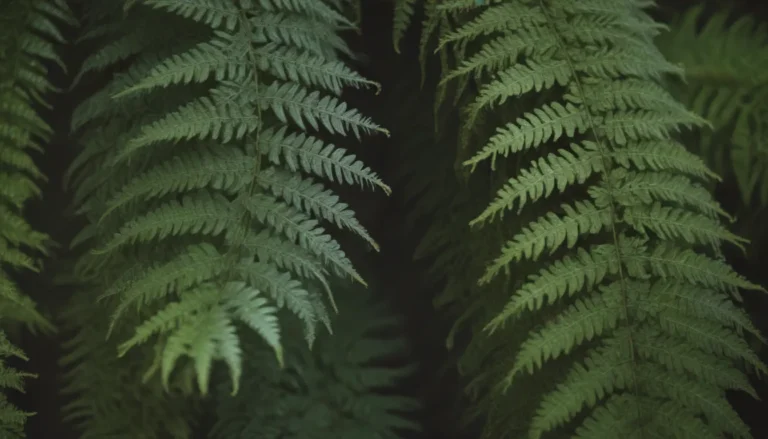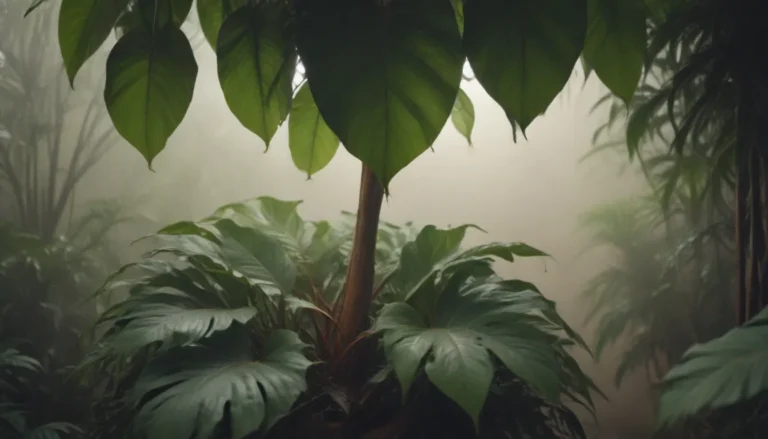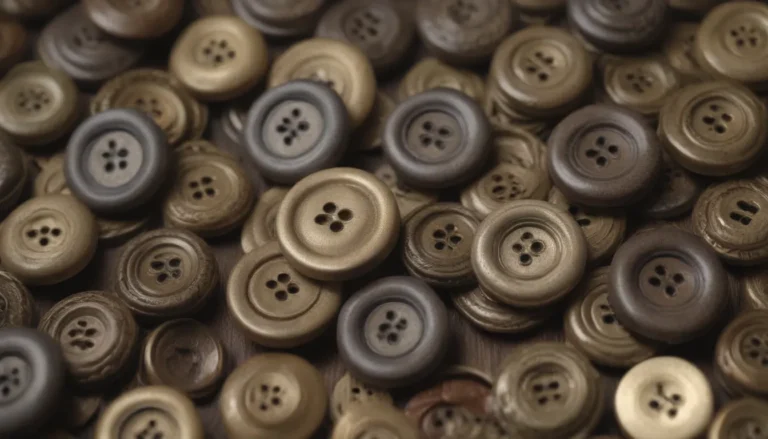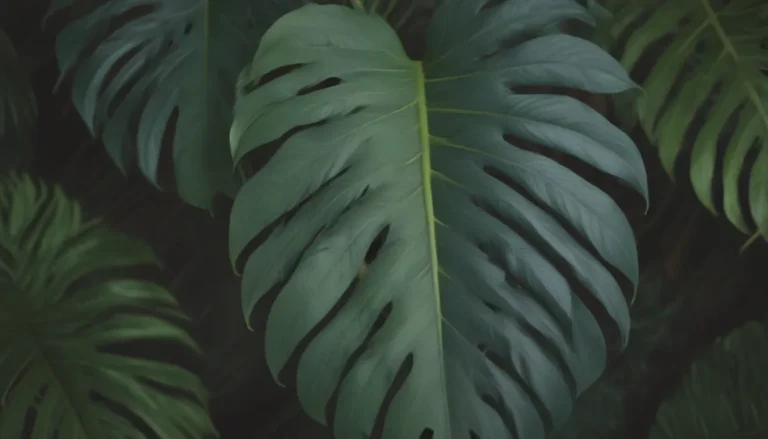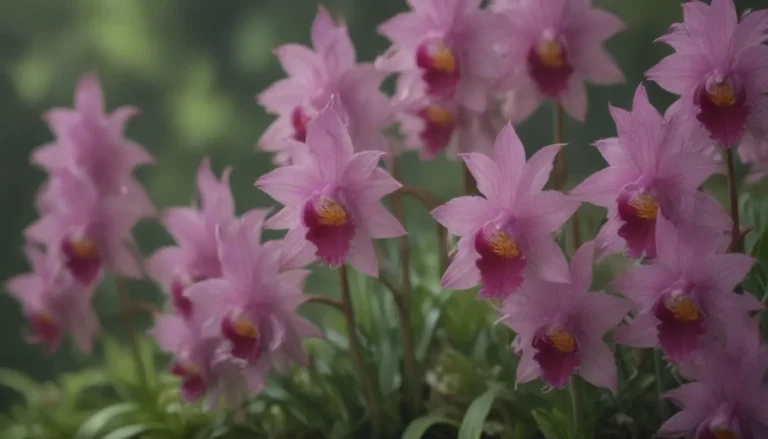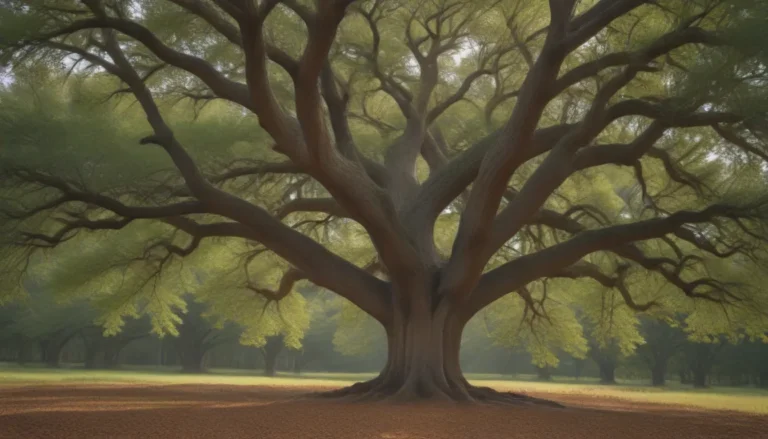The Ultimate Guide to Tiny Flowers for Your Garden
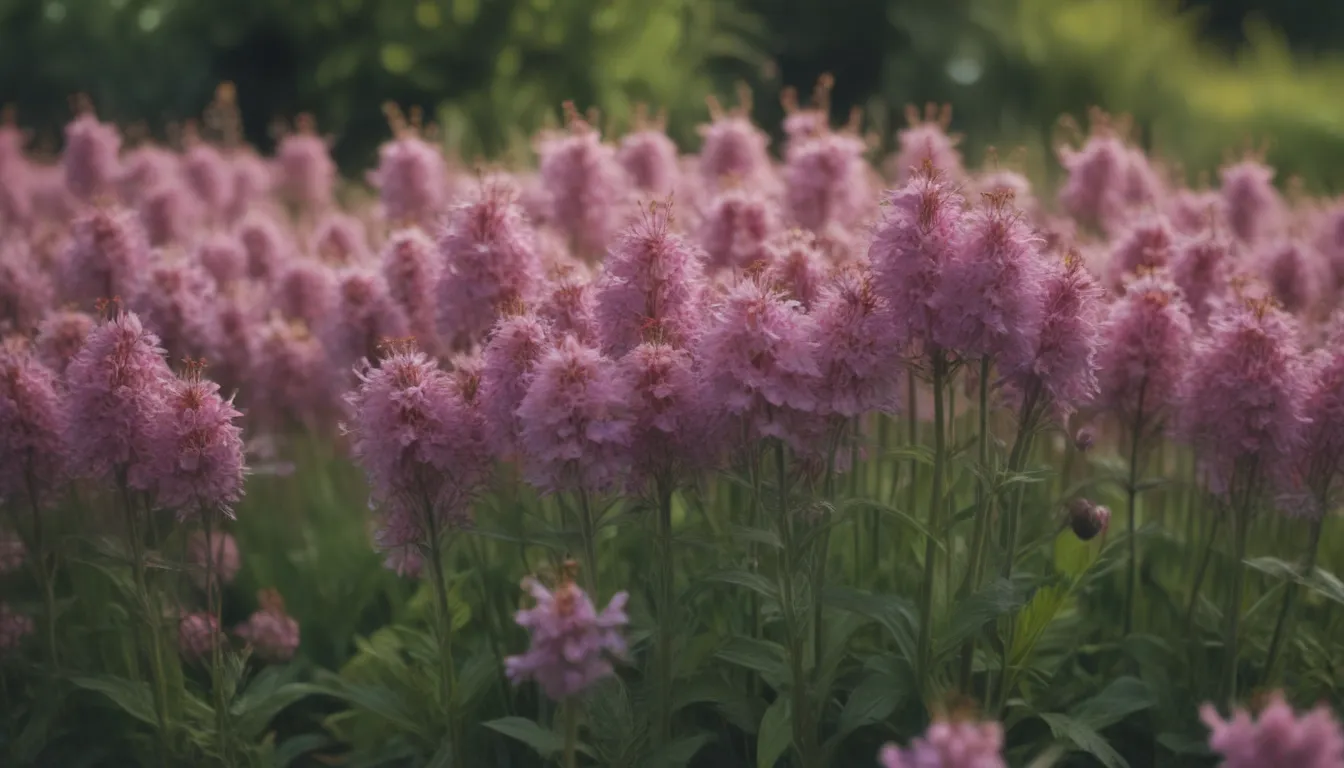
If you’re looking to add a touch of charm and beauty to your garden, consider planting tiny flowers. These delicate blooms are not only visually appealing but also bring a fragrant allure that can enhance any outdoor space. Whether you’re filling in gaps between larger plants, adding color to hanging baskets, or creating a magical fairy garden, tiny flowers are a versatile and eye-catching addition to any landscape.
Why Choose Tiny Flowers?
Tiny flowers may be small in size, but they pack a big punch when it comes to visual impact in the garden. Here are a few reasons why planting tiny flowers is a great idea:
- Mass Appeal: Tiny flowers often come in clusters, creating a lush, blooming mass that attracts butterflies and other pollinators.
- Versatility: These petite blooms can fit into spaces where larger flowers might not work, such as between pavers or in rock gardens.
- Low Maintenance: Many tiny flowers are easy to grow and require minimal care, making them perfect for busy gardeners.
Warning: Toxic Plants
While tiny flowers can add beauty to your garden, it’s important to be aware that some plants with tiny flowers can be toxic to humans and animals. Be sure to keep an eye out for potentially harmful plants like lobelia, dianthus, and lily of the valley, especially if you have young children or pets.
23 Tiny Flowers to Enhance Your Garden
Let’s explore some of the best tiny flowers to consider adding to your garden. These plants are not only visually stunning but also easy to care for and will brighten up any outdoor space.
1. Baby’s Breath (Gypsophila)
- USDA Growing Zones:
- Color Varieties: White
- Sun Exposure: Full sun
- Soil Needs: Well-draining
- Mature Size:
- Deer Resistant:
2. Fairy Foxglove (Erinus alpinus)
- USDA Growing Zones:
- Color Varieties:
- Sun Exposure:
- Soil Needs:
- Mature Size:
- Deer Resistant:
3. Forget-Me-Not (Myosotis)
- USDA Growing Zones:
- Color Varieties: Blue
- Sun Exposure: Partial shade
- Soil Needs: Moist
- Mature Size:
- Deer Resistant:
4. Kenilworth Ivy (Cymbalaria muralis)
- USDA Growing Zones:
- Color Varieties:
- Sun Exposure:
- Soil Needs:
- Mature Size:
- Deer Resistant:
5. Lobelia (Lobelia erinus)
- USDA Growing Zones:
- Color Varieties: Blue
- Sun Exposure: Full sun to part shade
- Soil Needs: Moist, well-draining
- Mature Size:
- Deer Resistant:
6. Rock Cress (Arabis)
- USDA Growing Zones:
- Color Varieties:
- Sun Exposure:
- Soil Needs:
- Mature Size:
- Deer Resistant:
7. Snow-In-Summer (Cerastium tomentosum)
- USDA Growing Zones:
- Color Varieties:
- Sun Exposure:
- Soil Needs:
- Mature Size:
- Deer Resistant:
8. Sweet Alyssum (Lobularia maritima)
- USDA Growing Zones:
- Color Varieties:
- Sun Exposure:
- Soil Needs:
- Mature Size:
- Deer Resistant:
9. Thyme (Thymus vulgaris)
- USDA Growing Zones:
- Color Varieties:
- Sun Exposure:
- Soil Needs:
- Mature Size:
- Deer Resistant:
10. Dianthus (Dianthus spp.)
- USDA Growing Zones:
- Color Varieties:
- Sun Exposure:
- Soil Needs:
- Mature Size:
- Deer Resistant:
11. Pansy (Viola x wittrockiana)
- USDA Growing Zones:
- Color Varieties:
- Sun Exposure:
- Soil Needs:
- Mature Size:
- Deer Resistant:
12. Creeping Phlox (Phlox stolonifera)
- USDA Growing Zones:
- Color Varieties:
- Sun Exposure:
- Soil Needs:
- Mature Size:
- Deer Resistant:
13. Lily of the Valley (Convallaria majalis)
- USDA Growing Zones:
- Color Varieties:
- Sun Exposure:
- Soil Needs:
- Mature Size:
- Deer Resistant:
14. Egyptian Star Clusters (Pentas lanceolata)
- USDA Growing Zones:
- Color Varieties:
- Sun Exposure:
- Soil Needs:
- Mature Size:
- Deer Resistant:
15. Primrose (Primula spp.)
- USDA Growing Zones:
- Color Varieties:
- Sun Exposure:
- Soil Needs:
- Mature Size:
- Deer Resistant:
16. Butterfly Bush (Buddleja davidii)
- USDA Growing Zones:
- Color Varieties:
- Sun Exposure:
- Soil Needs:
- Mature Size:
- Deer Resistant:
17. Lavender (Lavendula spp.)
- USDA Growing Zones:
- Color Varieties:
- Sun Exposure:
- Soil Needs:
- Mature Size:
- Deer Resistant:
18. Butterfly Weed (Asclepias tuberosa)
- USDA Growing Zones:
- Color Varieties:
- Sun Exposure:
- Soil Needs:
- Mature Size:
- Deer Resistant:
19. Lantana (Lantana camara)
- USDA Growing Zones:
- Color Varieties:
- Sun Exposure:
- Soil Needs:
- Mature Size:
- Deer Resistant:
20. Yarrow (Achillea millefolium)
- USDA Growing Zones:
- Color Varieties:
- Sun Exposure:
- Soil Needs:
- Mature Size:
- Deer Resistant:
21. Heather (Calluna vulgaris)
- USDA Growing Zones:
- Color Varieties:
- Sun Exposure:
- Soil Needs:
- Mature Size:
- Deer Resistant:
22. Stonecrop (Sedum)
- USDA Growing Zones:
- Color Varieties:
- Sun Exposure:
- Soil Needs:
- Mature Size:
- Deer Resistant:
23. Queen Anne’s Lace (Daucus carota)
- USDA Growing Zones:
- Color Varieties:
- Sun Exposure:
- Soil Needs:
- Mature Size:
- Deer Resistant:
Where to Plant Small Flowers
Small flowers can be planted in a variety of locations in your garden to add color and charm. Here are some suggested placements for these tiny blooms:
- Fairy Gardens: Tiny flowers are a perfect addition to enchanting fairy gardens, creating a magical atmosphere.
- Border Edges: Plant small flowers along the front edge of flower beds for a soft, delicate border.
- Stone Paths: Creeping or low-lying flowers can fill in spaces between stones in a walkway for a natural look.
- Container Gardens: Small flowers can thrive in pots and containers, adding color to patios and balconies.
By incorporating tiny flowers into your garden design, you can create a stunning and inviting outdoor space that will be a joy to spend time in. Remember to choose plants that are suited to your growing conditions and provide them with the care they need to thrive.
In conclusion, adding tiny flowers to your garden can bring a delightful pop of color and fragrance to your outdoor space. With a wide variety of options to choose from, you can easily find the perfect tiny blooms to suit your landscape. Be sure to consider factors like sun exposure, soil needs, and mature size when selecting plants, and enjoy the beauty and charm that these petite flowers will bring to your garden.
